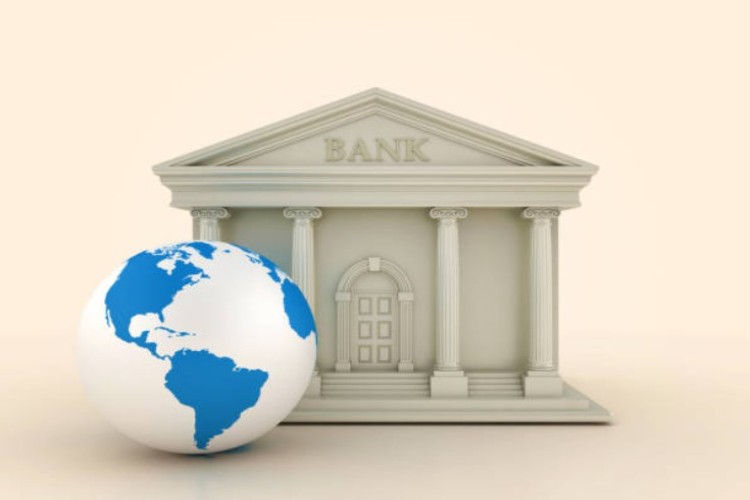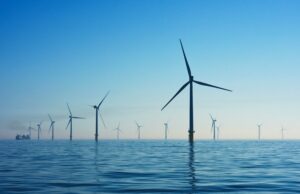
Multilateral lenders, once hailed as vital engines of global development, are now finding themselves outpaced by the very challenges they were created to address. Their founding mission—economic growth and poverty reduction in developing countries—remains unfinished. Yet the scale and complexity of 21st-century problems, from climate change to digital divides, have rendered their mid-20th century frameworks increasingly irrelevant.
Recognising the urgency of reform, 13 world leaders last year issued an open letter calling for a revamp of multilateral lenders to make them fit for purpose. India has added its weight to the reform chorus. Finance Minister Nirmala Sitharaman, speaking at the 4th International Conference on Financing for Development in Seville, highlighted the need to overhaul the global financial architecture—including multilateral development banks and credit rating agencies—on the grounds of equity and inclusivity. Her call echoed India’s consistent stance during its G20 presidency in 2023.
READ | RDI Scheme: Five China-inspired fixes for India’s innovation gap
India’s stake in reforming multilateral lenders
India has been an active participant in the multilateral development banks ecosystem. A founding member of the World Bank since 1944, India is part of both the International Bank for Reconstruction and Development (IBRD) and the International Development Association (IDA). It also joined the Asian Development Bank (ADB) as a founding member in 1966, and is a stakeholder in newer institutions like the New Development Bank (NDB).
Multilateral lenders have played a pivotal role in India’s infrastructure and social development. The World Bank alone currently supports over 100 projects in India, with billions of dollars committed to sectors ranging from transport and energy to health and sanitation. Yet India’s growing aspirations—aligned with those of much of the Global South—have begun to outgrow the frameworks within which multilateral development banks operate.
Post-war frameworks in a post-digital world
The post-World War II origins of these institutions show. Designed for reconstruction and capital mobilisation in an industrial age, multilateral lenders are today misaligned with the needs of digital economies and the climate-constrained future. Their governance structures are skewed in favour of developed countries, and their instruments often fail to mobilise private capital at scale or to encourage systemic innovation in developing economies.
India’s G20 presidency sought to remedy this gap by commissioning a report titled “Strengthening Multilateral Development Banks: The Triple Agenda.” Prepared by an expert group, the report argued for expanding the development banks’ mandate beyond poverty reduction and infrastructure to include a third pillar: the provisioning of global public goods (GPGs)—specifically, climate mitigation, food and water security, and biodiversity conservation.
This recommendation found traction. At the 2023 World Bank–IMF Annual Meetings, World Bank President Ajay Banga acknowledged and echoed many of the report’s proposals, signalling the beginning of a broader shift.
From poverty to planet
While most multilateral lenders formally focus on poverty alleviation and development, the Independent Expert Group argued for embedding global public goods—linked to the Sustainable Development Goals (SDGs), the Paris Climate Agreement, and the Kunming-Montreal Global Biodiversity Framework—into their core mission. Climate change, by its very nature, cannot be tackled in silos. The need is for coordinated investment in climate adaptation, particularly in the world’s most vulnerable economies.

India has consistently advocated for predictable, accessible, and concessional climate finance, particularly for adaptation. Sitharaman reiterated this at the Seville conference, urging developed nations to step up their commitments. Multilateral development banks, with their cross-border lending capabilities and policy influence, are well positioned to lead this charge—provided they adapt.
$3 trillion a tear funding gap
The scale of ambition must match the scale of crisis. The expert group convened by India estimated that global development goals will require an additional $3 trillion annually by 2030. Multilateral lenders are expected to finance a substantial share of this. But this is easier said than done.
Despite consensus on their expanded role, development banks remain constrained by conservative risk appetites, donor fatigue, and rigid capital structures. Tripling multilateral lending to $300 billion in annual regular lending and $90 billion in concessional grants and loans will require bolder risk-sharing frameworks, greater shareholder support, and sharper internal reform.
Multilateral development banks themselves seem to be stepping up. In Paris this June, heads of major development banks—including the African Development Bank, European Investment Bank, and Inter-American Development Bank—met under the aegis of the Council of Europe Development Bank. They agreed to adopt the G20 Roadmap for “Better, Bigger and More Effective MDBs” and stressed the importance of calibrated risk assessment to spur private investment in emerging markets.
Optimising the balance sheet
Stretching balance sheets without sacrificing credit ratings is now the name of the game. One promising pathway is balance sheet optimisation—lending more against the same capital base. Institutions are being encouraged to share innovative financing tools and best practices with one another to accelerate innovation and reduce duplication. As World Bank officials have noted, this would avoid “reinventing the wheel” and allow newer ideas—such as hybrid capital instruments and securitisation—to be tested and deployed rapidly.
Estimates suggest that with such reforms, development banks could increase their cumulative financing by $300–400 billion over the next decade. That figure, while large, still falls short of what the world needs—but it is a start.
The window for meaningful Multilateral development banks reform is open, but not indefinitely. Rising geopolitical fragmentation, a looming debt crisis across the developing world, and an increasingly climate-disrupted global economy demand faster movement. Scepticism about reform is understandable, given the history of unmet pledges. But stasis is no longer an option.
For multilateral lenders to be relevant in the decades ahead, they must embrace a future that looks very different from their past. That means not just bigger budgets, but better governance, broader mandates, and bold innovation.
